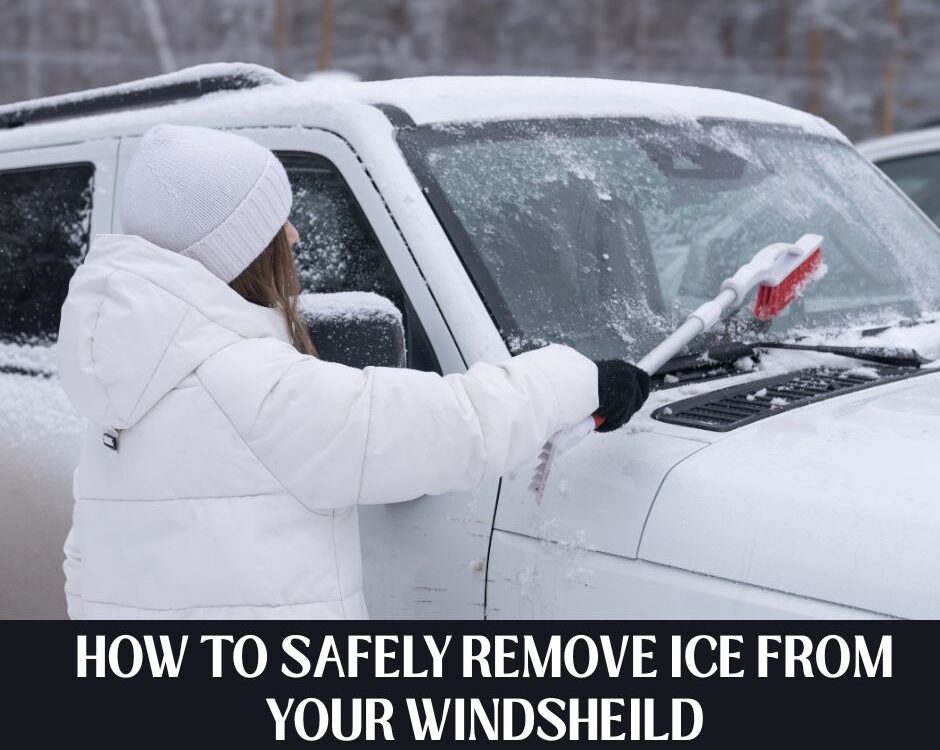Scary! Severe Weather and Driving

TeleHealth and Medicine
March 8, 2023
Biological Treatments in a Pill World
April 6, 2023Yikes! How to Survive severe weather while driving
One late evening I left our clinic that was located in Florence, Kentucky and attempted to beat a storm There is nothing more stressful than driving through a storm. Unfortunately, if you drive you will find yourself in a severe storm driving at some point in life. Most likely you will have many of these instances. There are varying degrees of storms to drive through, but some of the scariest is driving when a tornado is nearby.
happened instead was me finding myself on the interstate right in the middle of the storm while the national radio service was blasting on my radio. There was a confirmed touchdown of a tornado located within 2 miles. It soon became impossible to see anything so I slowed down to a crawl with my emergency flashers on and ended up pulling off at the next underpass until I could see. This is a scary moment in life as you feel helpless. The radio noise made the situation even more disturbing as it’s a constant warning for the area I was in the middle of. After a sketchy moment or two with debris and the wind blowing my car, it eased up enough for me to proceed and I carried on my drive. I had multiple faults in my thinking process so I will share some dos and don’t when it comes to severe weather driving.
When driving in severe weather what you should NOT do: Do not try to outrun a tornado if it is visible. Tornados can move at a high rate of speed along the terrain and can be very unpredictable in their paths. If the tornado is visible, watch it closely for a moment. If it looks like it is moving, then that is a good sign. If it looks like it is not moving and just getting larger, then it is likely coming right at you. This is the time to pick a right angle and go that way instead of driving the opposite direction. It may catch you if you do not travel at a right angle to its path. Do not get under your car for shelter. If the tornado ends up close, you may sustain injuries from flying debris. If your vehicle gets knocked around by the wind you may find yourself without shelter and be in more danger than you would have been sitting in your car. Do not seek shelter under an overpass as I did. The wind speeds will increase in tunnels and under bridges making debris damage more likely.
What to do if you find yourself in trouble: If the threat is immediate, you should pull over and seek shelter. If there are no shelters visible, it is advised by NOAA to seek a low spot on the ground and get as far away from your vehicle as possible. Avoid areas with trees and other likely debris sources. Use your hazard lights the moment your visibility drops. When visibility is so bad I can hardly see, I find that hazard lights are still visible. If you are stuck with nowhere to go, stay in your car! Pull off the road and turn on your hazard lights. Keep your seatbelt on but give yourself enough slack in shoulders that you can bend over and keep the head lower than windshield glass. You can cover the head with your hands or a blanket if available. If you have kids in sports you may have helmets available you can utilize.
The best advice is avoidance. I did just about everything wrong. I knew where the storm was and tried to beat it and when I found myself in the middle of it, I sought shelter in an underpass. I could have waited it out and had safety in my building, but I put myself in a bad situation.
This article is written by Aaron Workman, DC, one of the members of Chambers Medical Group’s team of car accident chiropractors who offer a variety of treatments and therapies ranging from diagnostic testing to various soft tissue therapies for car accidents and injuries in Kentucky.
Have you been in a car accident? If you or somebody you know has been in a car accident, be sure that you seek medical attention from a car accident doctor or car accident chiropractor to treat your injuries. Visit Chambers Medical Group to receive world-class medical treatment for your injuries.
Chambers Medical Group has car accident medical clinics in the following locations:
- Car Accident Medical Clinic in Tampa
- Car Accident Medical Clinic in Plant City
- Car Accident Medical Clinic in Brandon
- Car Accident Medical Clinic in Lakeland
- Car Accident Medical Clinic in Sarasota
- Car Accident Medical Clinic in Louisville
- Car Accident Medical Clinic in Lexington
- Car Accident Medical Clinic in Florence




